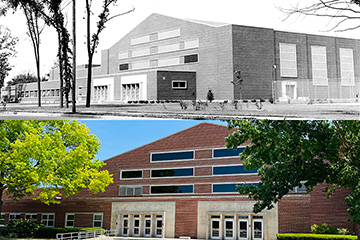Grad student creates membrane that removes zinc from wastewater
John Jalkanen created a polymer resin membrane to be used and reused in wastewater treatment facilities
John Jalkanen, a graduate student studying chemistry, created a polymer resin membrane to be used in wastewater treatment facilities. The basic function of the resin and membrane is ion exchange with the zinc or other heavy metal ions. The membrane binds the material and traps it within the polymer. Jalkanen’s polymer membrane allows for repeated use by regenerating it with a brine rinse to remove bound ions.
Jalkanen’s greatest challenge during his research was implementing the resin as a membrane on its own. The membrane was initially too brittle and had difficulty in allowing water to pass through it. To counter these difficulties, Jalkanen added a support structure for the membrane and modified the application of the molecule that binds the zinc. These modifications allowed the membrane to be more flexible while allowing water to pass through it.
The membrane successfully retained 100% of the 10ppm ZnCl solution that was passed through the membrane. Still, the membrane was not specifically capturing only zinc ions.
To capture only zinc ions, Jalkanen molecularly imprinted the membrane during the synthesis process. This formed cavities in the membrane to specifically bind with only zinc.
Jalkanen began working on this project with Anja Mueller, Ph.D., during his undergraduate education to develop a polymer resin for ion removal from wastewater. At the end of his undergraduate, he completed polymer resin research on the project. Starting his graduate studies, he transitioned to implementing the polymer resin as a membrane.
This story is brought to you by the Office of Research and Graduate Studies.




